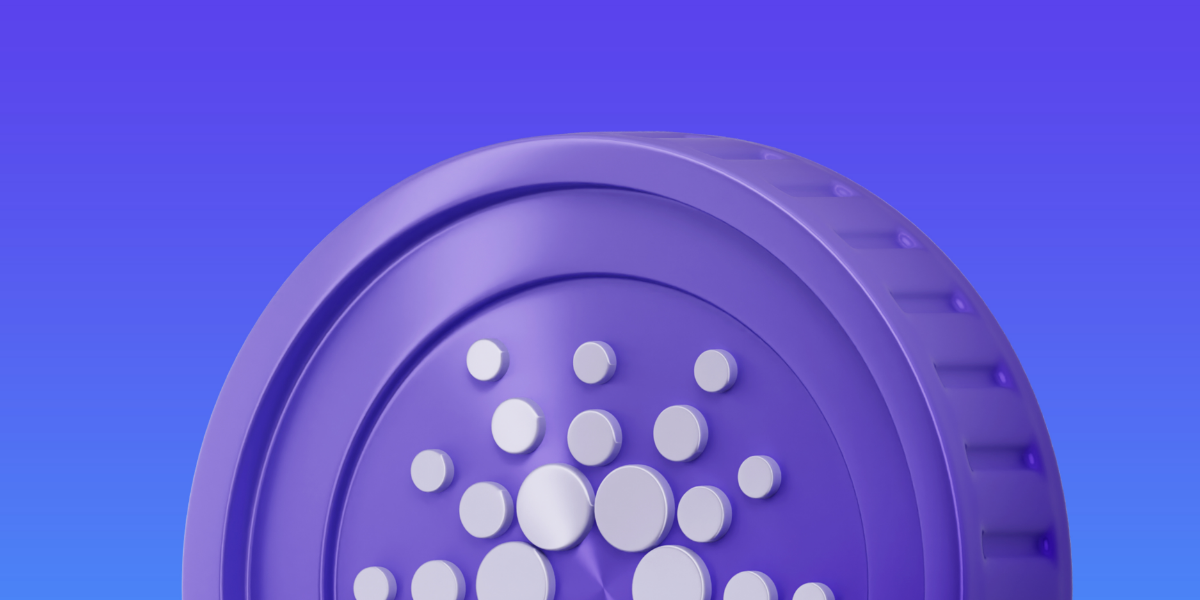-
Types of Addresses (Cardano)
Cardano uses several types of addresses within its blockchain architecture, each serving different purposes. Here are the main types of addresses in Cardano: Each of these addresses has a unique role, and their selection depends on whether you’re participating in staking, regular transactions, or smart contracts.
-
What’s the difference between eras, intra-eras, forks, and development phases in Cardano?
In Cardano, eras, intra-eras, forks, and development phases refer to different stages or changes in the network’s evolution. Each term highlights a specific aspect of how the blockchain is upgraded or organized. Here’s the difference between these concepts: 1. Eras 2. Intra-Eras 3. Forks 4. Development Phases How They Interrelate: Conclusion In essence, eras are…
-

List of Cardano Hard Forks
Cardano has undergone several hard forks since its launch, each one marking a significant upgrade to its blockchain. These hard forks have introduced new features, improvements, and functionalities to enhance Cardano’s performance, scalability, and programmability. Hard forks in Cardano do not signify division and differences within the ecosystem. On the contrary, they define a specific…
-

Beginners Guide to Buying ADA from a Decentralized Exchange (DEX)
In the world of cryptocurrencies, Cardano’s native token ADA has gained significant attention due to its energy-efficient, eco-friendly blockchain and its focus on scalability and security. While centralized exchanges (CEX) like Binance or Coinbase offer straightforward ways to purchase ADA, decentralized exchanges (DEX) are becoming increasingly popular among crypto enthusiasts for their focus on privacy,…
-
Non-custodial Transactions
Non-custodial transactions on Cardano refer to transactions where users maintain full control of their funds throughout the entire process. This means that at no point during the transaction does a third party (like an exchange or intermediary) take custody or control over the user’s assets. Instead, the users themselves initiate and manage transactions directly from…
-

The Island, The Ocean, and The Pond Video Breakdown
The Island, The Ocean, and The Pond: A Vision for the Future of Cardano Development Charles Hoskinson’s video titled The Island, The Ocean, and The Pond, posted now three years ago, holds significant meaning within the Cardano community and the broader blockchain space. In this video, Hoskinson uses a metaphor to describe the different phases…
-

Jeremy Wood
Jeremy Wood is one of the co-founders of IOHK (Input Output Hong Kong), the company responsible for the development of Cardano, alongside Charles Hoskinson. In 2015, Jeremy Wood and Charles Hoskinson separated from the Ethereum team and co-founded Input Output Hong Kong (IOHK). The goal was to build a scalable, energy-efficient alternative to Ethereum. Wood…
-

Input Output Global (formerly IOHK)
Input Output Global (formerly IOHK) is a technology company founded by Charles Hoskinson and Jeremy Wood in 2015. It focuses on blockchain research and development. IOG is best known for its work on Cardano, a decentralized blockchain platform that aims to provide a more secure, scalable, and sustainable ecosystem for the development of decentralized applications…
-
Hydra Heads
In Cardano’s Hydra protocol, Hydra heads are off-chain environments or “channels” where a group of participants can conduct transactions independently from the main Cardano blockchain. These heads allow participants to perform fast, cheap, and secure transactions among themselves without needing to constantly interact with the main chain. The Hydra Head protocol aims to enhance the…
-

Why the Crypto World Is Excited About Cardano’s Hydra
The blockchain space has seen exponential growth in recent years, but along with that growth comes one of the biggest challenges: scalability. As more users join and transactions increase, many blockchains struggle to maintain speed, efficiency, and low fees. This is where Cardano’s Hydra comes in—a layer 2 solution designed to scale the network without…
